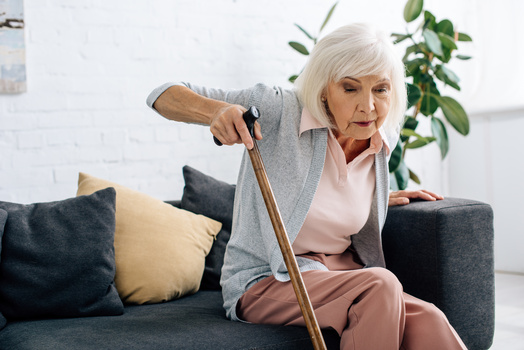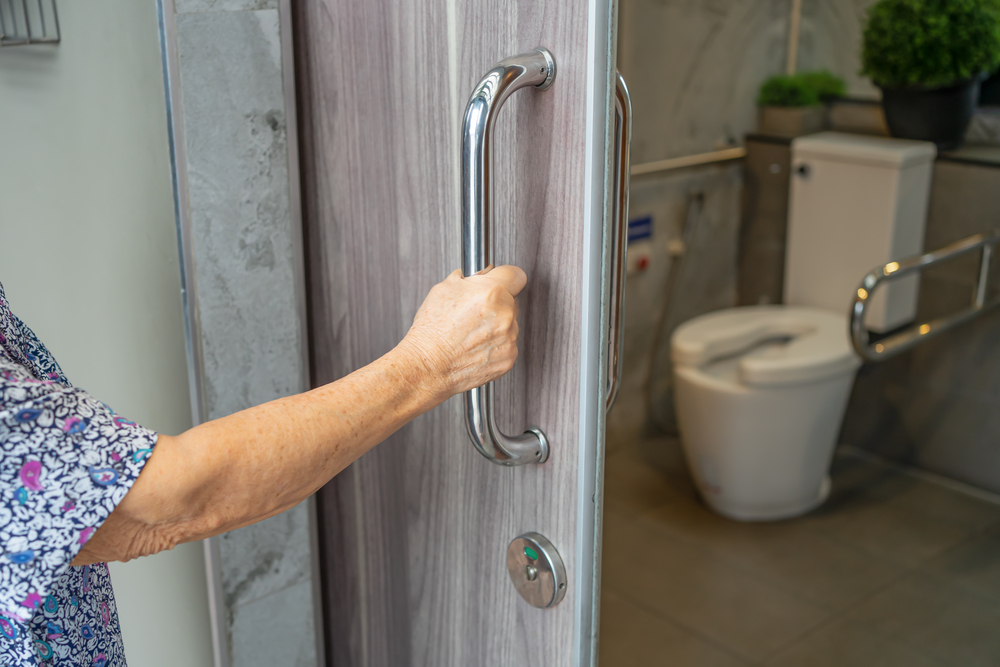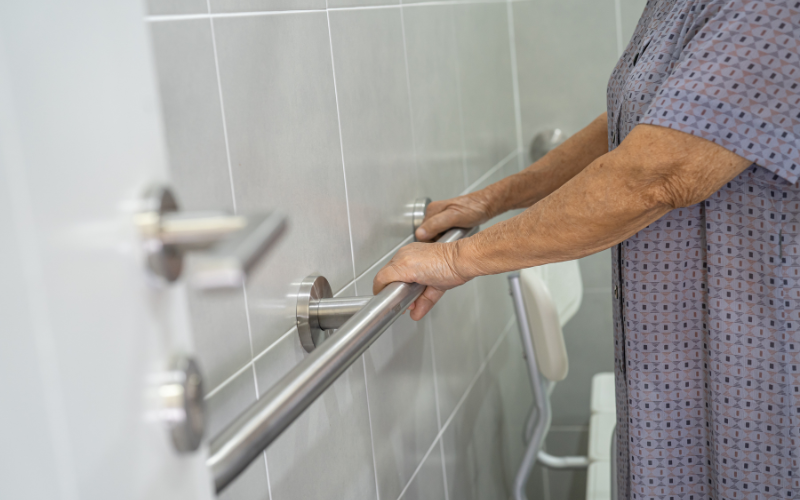As our loved ones age, ensuring their safety and well-being becomes a priority. One area that requires special attention is the kitchen, where potential hazards can pose risks to seniors. Implementing elderly friendly cooking tips can significantly enhance the cooking experience, making it both enjoyable and safe. This article explores various strategies to create a safe and accessible cooking environment for the elderly, ensuring they can continue to enjoy the art of cooking.

Why Focus on Elderly Friendly Cooking?
Cooking is not just about preparing meals; it’s an activity that provides a sense of independence and joy. For seniors, maintaining this independence is crucial. By incorporating elderly friendly cooking tips, we can help them navigate the kitchen with ease and confidence.
Understanding the Challenges
Before diving into the tips, it’s essential to understand the challenges seniors face in the kitchen. These include mobility issues, decreased strength, and sensory impairments, which can make traditional cooking methods challenging.
Mobility and Accessibility
Many seniors experience reduced mobility, making it difficult to reach high shelves or move around the kitchen. Ensuring everything is within easy reach and using adaptive tools can make a significant difference.
Strength and Dexterity
As we age, our muscle strength and dexterity tend to decline. This can make handling heavy pots and pans or opening jars challenging. Opting for lightweight cookware and easy-to-open containers can alleviate these issues.
Sensory Changes
With age, changes in taste, smell, and vision can occur. These sensory changes can affect a senior’s ability to cook safely. Bright lighting and contrasting colors can help mitigate vision-related challenges.
Tips for Creating a Safe Kitchen Environment
A well-organized and safe kitchen is vital for seniors. Here are some elderly friendly cooking tips to consider:
Organize the Kitchen
Keep frequently used items within easy reach. Use pull-out shelves and lazy Susans to minimize the need to bend or stretch. For more home safety tips, visit this article.
Invest in Adaptive Tools
Adaptive kitchen tools, such as ergonomic knives, electric can openers, and jar openers, can make tasks easier for seniors. These tools are designed to reduce strain and enhance safety.
Ensure Adequate Lighting
Proper lighting is essential for seniors, especially in the kitchen where sharp objects and hot surfaces are present. Install bright, non-glare lighting to illuminate the workspace effectively.
Implement Safety Measures
Consider installing smoke detectors, fire extinguishers, and automatic shut-off devices on stoves to prevent accidents. Additionally, non-slip mats and clear walkways can reduce the risk of falls. For more on fall prevention, check living room safety tips.
Cooking Techniques for Seniors
Adjusting cooking techniques can enhance safety and make meal preparation easier for seniors. Here are some tips:
Use Pre-Cut Ingredients
Pre-cut vegetables and meats can save time and reduce the risk of knife-related injuries. Many grocery stores offer pre-packaged options that are convenient and safe.
Choose Simple Recipes
Opt for recipes with fewer steps and ingredients. Simple recipes are easier to follow and less overwhelming for seniors.
Embrace One-Pot Meals
One-pot meals minimize the need for multiple pots and pans, reducing the risk of spills and burns. They are also easier to clean up, which is a bonus for seniors.
Making the Kitchen Accessible
Accessibility is a key component of an elderly friendly kitchen. Here are some ways to make the kitchen more accessible:
Install Adjustable Countertops
Adjustable countertops can be raised or lowered to accommodate different heights, making it easier for seniors to work comfortably.
Consider Open Shelving
Open shelving provides easy access to dishes and cookware, eliminating the need to open and close cabinet doors.
Implement Threshold Ramps
For seniors using walkers or wheelchairs, threshold ramps can provide a smooth transition between rooms, enhancing mobility and independence.
Encouraging Independence in the Kitchen
Empowering seniors to maintain their independence in the kitchen is crucial for their well-being. Here are some tips to encourage autonomy:
Provide Supportive Seating
A comfortable, supportive chair can allow seniors to sit while performing tasks, reducing fatigue and the risk of falls.
Encourage Meal Planning
Meal planning can help seniors organize their cooking schedule, ensuring they have the necessary ingredients and reducing stress.
Offer Assistance When Needed
While independence is important, offering help when needed can prevent accidents and make the cooking experience more enjoyable.
Conclusion
Implementing elderly friendly cooking tips can transform the kitchen into a safe and enjoyable space for seniors. By addressing challenges, adopting adaptive tools, and encouraging independence, we can empower our loved ones to continue their culinary adventures safely. For more on creating a safe home environment, explore this helpful guide.

FAQs
What are some adaptive kitchen tools for seniors?
Adaptive kitchen tools include ergonomic knives, electric can openers, and jar openers. These tools are designed to reduce strain and enhance safety for seniors.
How can I make my kitchen more accessible for elderly family members?
To make a kitchen more accessible, consider installing adjustable countertops, open shelving, and threshold ramps to accommodate mobility aids.
Why is lighting important in an elderly friendly kitchen?
Proper lighting is essential to ensure seniors can see clearly while cooking, reducing the risk of accidents involving sharp objects and hot surfaces.
This article contains affiliate links. We may earn a commission at no extra cost to you.






